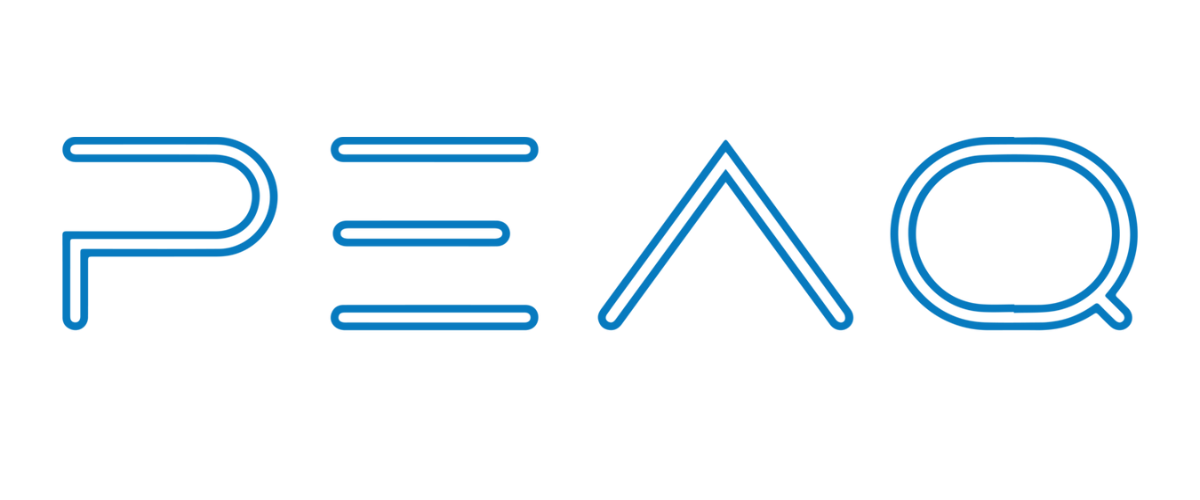What is power and what are some methods that can enhance it?
Power is talked about a lot in the strength & conditioning world and many athletes are wanting to improve their power in order to perform better on the field. But, what is power and how can we enhance it? PEAQ Strength & Conditioning Coach, Coach Jack breaks it down for us.
What is Power?
Power is the ability to express maximal force as rapidly as possible. This means power is the product of speed and strength. In other words, power = force x velocity. When you think power, think of quick and explosive movements. Movements performed at maximum strength are too slow for maximum power, and maximum velocity can’t be performed with much force. This means that peak power lies somewhere between these two, as the graph below shows.
Power is one of the key attributes behind many of our favourite athletes. How often have you heard someone say they wish they could run like Usain Bolt, dunk like LeBron James, or take a specky like Jeremy Howe. These athletes are all fantastic examples of what it looks like to be powerful. While genetics play a part, this is something that they would have spent years working on in the gym.
How can we improve power?
Since power is the result of force and velocity, we can improve power in different ways. If we become stronger and can create more force this can increase our power output. Likewise, if we increase our rate of force development (velocity) this will also increase power. Another factor to consider is force application and technique. By making changes to our technique and applying force more efficiently, we can improve power. For example, a good vertical jump includes a fast run up, big penultimate step and a big arm swing. Without these components, it is going to be a lot harder to produce a powerful jump.
How can power be measured?
There are several tests that can be used to measure power. Here at PEAQ, we use VALD performance ForceDecks for a couple of tests. The Isometric mid-thigh pull (IMTP) is a quick and efficient test that gives several metrics to profile an athlete’s power. The ForceDecks can also be used for a countermovement jump which is an indicator of jumping ability. If you don’t have access to ForceDecks, the vertical jump is another quick and easy test that measures lower body power. It can be performed standing or with an approach to make the test more relevant to the athlete and their sport.
Power training methods
It is important to understand that power can be expressed horizontally, vertically, and laterally. For horizontal power, think of jumping or sprinting in a forward direction. Vertical power is best displayed when we are jumping as high as we can. For lateral power, think of a ski jump. Another point to remember is that power is not always shown exclusively in one of these directions and it may even be a combination of all three.
Now it’s time to delve a little deeper into the specifics on increasing power. For beginners or athletes with little strength, a focus on increasing strength and/or hypertrophy may be a good starting point. After all, rate of force development matters little if there is not a lot of force being produced to begin with. A strength or hypertrophy focus can allow an athlete to develop their force production before training power specifically.
Plyometrics
Using Lachlan Wilmot’s lower body plyometric continuum from Athlete’s Authority, we can introduce plyometric training in a structured and scheduled way. Plyometric training involves quick, explosive movements such as jumping, focused on increasing speed and power. The photo below shows a vertical progression, but this can be adapted to prioritise horizontal or lateral power.
First off, it is important to train our ability to absorb force because this will reduce our risk of injury as we progress to advanced plyometrics. This transfers to the football field, soccer pitch or basketball court as we need to be able to land safely to avoid injury. An inability to land safely will also limit the application of plyometrics and the response gained from it. The graphic provides practical examples of how this can be applied, but the exercises do not need to be the same as the examples shown.
In the concentric production phase, the ability to produce force is developed using the stretch-shortening cycle (SSC). The SSC is the process of a muscle being actively lengthened and then immediately actively shortened. The stretch mechanism is caused by eccentric movement, which is then followed by concentric movement which creates muscle shortening. This leads to better force output and power than a purely concentric contraction. By training the SSC, power can be significantly improved.
Ballistics Training
Ballistics training is another training method that can be used to increase power. Ballistics involves jumping, throwing, or striking and is about maximising the acceleration of the body or an object. One way that this differs to plyometrics is that there is much less of a deceleration component to a ballistic exercise. Ballistic exercises may include medicine ball throws, squat jumps, and Olympic lift variations such as the hang clean. The loads used vary from light, moderate to heavy, but it is important to build a solid foundation of strength before progressing to ballistics training. Due to the technical demands and high loads used in ballistic training, it is important to work with a coach that can ensure the training is safe.
The balance of power & strength
For many athletes, a combination of strength training and plyometrics and/or ballistics training may be appropriate. This will allow the athlete to improve both their force and velocity, which will lead to improvement in power. An effective power program should be prescribed by a qualified strength and conditioning coach. Whether it be jumping higher for a rebound, throw that little bit further, or striking harder, this can take your performance to the next level.
Want to improve your power?
Book your free initial consult with Coach Jack. You will go through fitness testing and receive a personalised power program tailored exclusively to you! BONUS! The first 5 people to get in will also receive their first 3 sessions at a discounted rate of $120 total!




